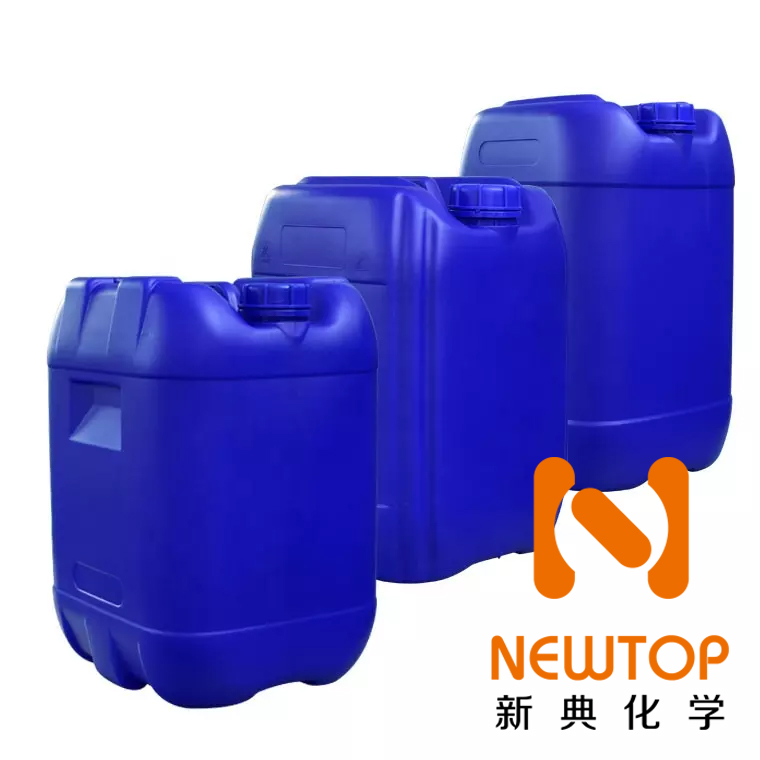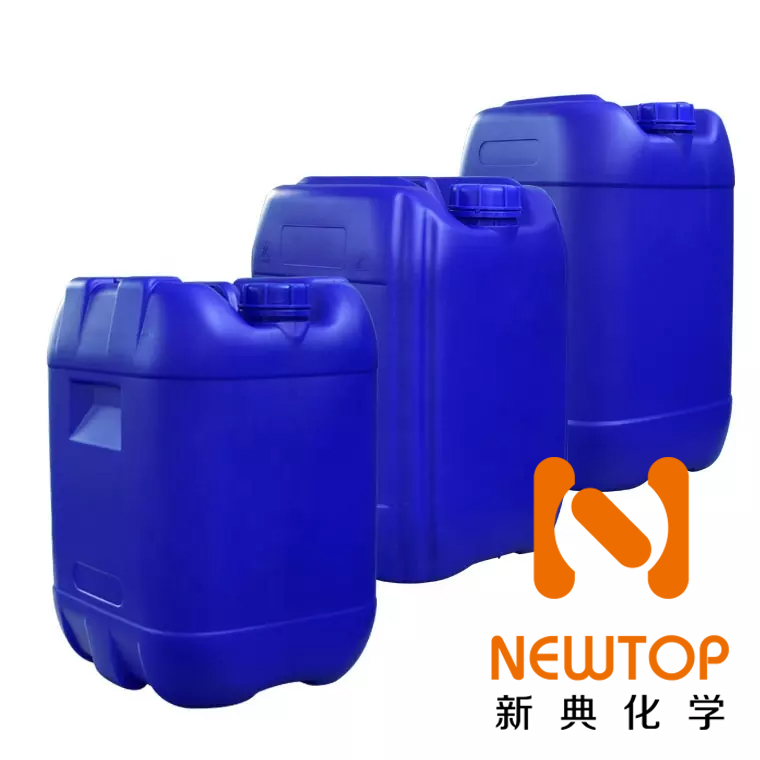Polyurethane catalysts are the unsung heroes in the world of polyurethane manufacturing, playing a pivotal role in the production of this versatile material. They are the driving force behind the chemical reaction that transforms raw materials into a wide array of polyurethane products, from comfortable mattresses and insulating foams to durable coatings and high-performance adhesives. This article delves into the fascinating world of polyurethane catalysts, exploring their types, mechanisms of action, applications, and the benefits they bring to various industries.
Polyurethane catalysts are substances that accelerate the reaction between isocyanates and polyols, the two primary components in the production of polyurethanes. These catalysts are instrumental in determining the properties of the final product, influencing factors such as curing time, density, and mechanical strength.
Polyurethane catalysts can be categorized into two main types: amine catalysts and metal catalysts. Amine catalysts, renowned for their high activity and versatility, are the most commonly used. They are further classified into primary, secondary, and tertiary amines, each with unique reactivity and selectivity profiles. Primary and secondary amines are favored for applications requiring rapid curing times due to their rapid reaction with isocyanates. In contrast, tertiary amines, although less reactive, offer superior control over the reaction, making them ideal for applications necessitating slower curing times.
Metal catalysts, including tin, bismuth, and lead compounds, are another class of polyurethane catalysts. These catalysts are typically more active than amine catalysts, providing faster curing times. However, their sensitivity to moisture and other impurities can affect their performance, requiring careful handling and storage.
The mechanism of action of polyurethane catalysts involves several steps. Initially, the catalyst facilitates the reaction between the isocyanate and polyol to form a urethane linkage. This exothermic reaction causes the mixture to expand and form a foam. The catalyst continues to promote the reaction, leading to the formation of additional urethane linkages and the growth of the polymer chain.


The applications of polyurethane catalysts span numerous industries. In the furniture and bedding sector, they are used in the production of flexible foams for cushions and mattresses. In the construction industry, they are instrumental in the production of rigid foams for insulation and the formulation of coatings and adhesives. In the automotive industry, polyurethane catalysts are used in the production of seats, dashboards, and other interior parts.
The choice of catalyst significantly impacts the properties of the resulting polyurethane. For instance, a fast-reacting catalyst can yield a high-density polyurethane with a short curing time, ideal for rigid foams. Conversely, a slower-reacting catalyst can produce a lower-density polyurethane with a longer curing time, suitable for flexible foams.
Beyond foam production, polyurethane catalysts are also used in the production of polyurethane coatings, adhesives, and elastomers. In these applications, the catalyst helps control the curing time and physical properties of the final product. For example, in polyurethane coatings, the catalyst can influence the coating’s hardness, flexibility, and resistance to chemicals and UV light.
In conclusion, polyurethane catalysts are indispensable tools in the polyurethane industry, facilitating reactions and shaping the properties of the final product. With the increasing demand for polyurethanes across various industries, the development of more efficient and environmentally friendly catalysts is a key area of research. As our understanding of these catalysts deepens, so too will their potential applications and benefits.
However, the use of polyurethane catalysts is not without challenges. Catalyst residues can affect the properties of the final product, potentially causing discoloration or reducing thermal stability. Therefore, careful selection of the catalyst and control of the reaction conditions are crucial to minimize these effects. Furthermore, the handling and disposal of these catalysts, particularly metal-based ones, require careful management due to their potential toxicity and environmental impact. Despite these challenges, the benefits of using polyurethane catalysts in terms of efficiency, productivity, and versatility make them an invaluable asset in the polyurethane industry.
In the end, polyurethane catalysts are more than just chemical accelerators. They are catalysts for innovation and growth, driving advancements in the polyurethane industry and beyond. As we continue to explore their potential, we unlock new possibilities for this versatile material, paving the way for a more sustainable and efficient future.



